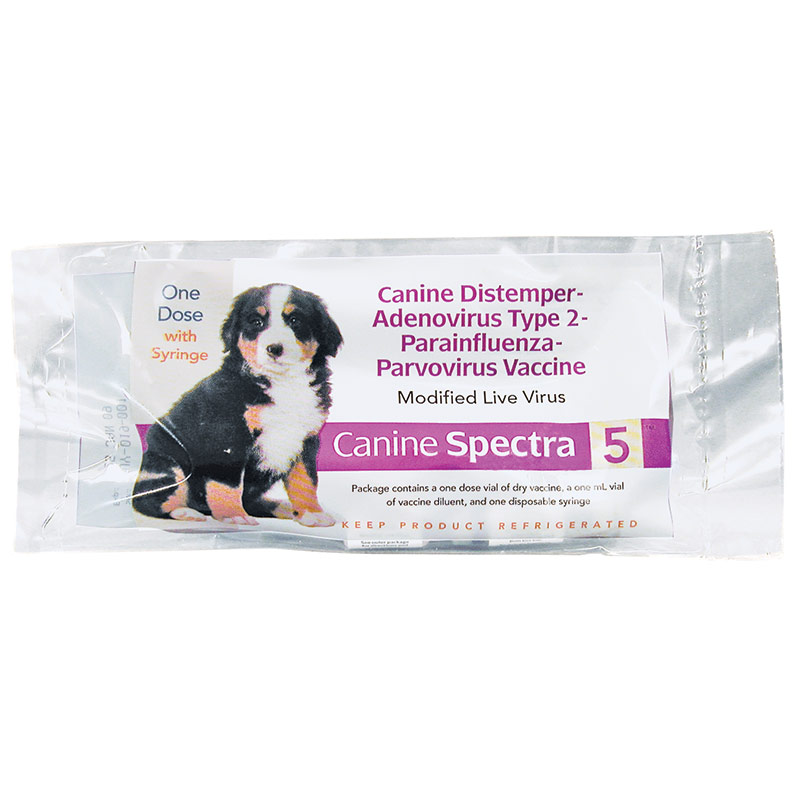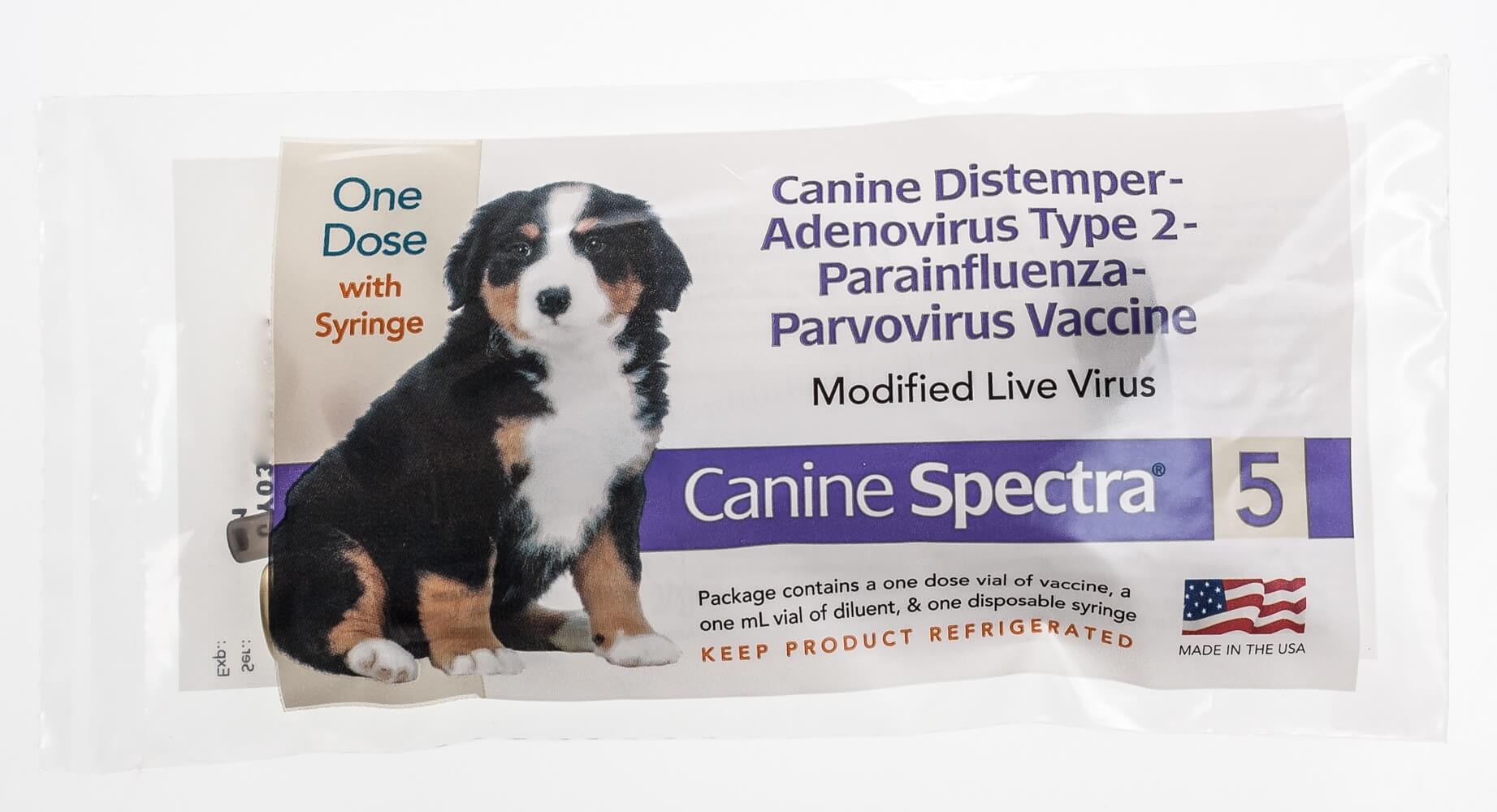

So what’s the upshot of all this? Do we not spay and neuter? Do we forego vaccines from 1-3 years of age? Do we alter the timing of vaccines? Do we administer half doses? I think these findings are interesting as a basis for greater study.īy themselves, these numbers do little to alter my already highly individualized take on recommending spays and neuters in my patients. Then it went one further with the unexpected timing of greater reaction risk (more for 1-3 year-olds than for 2-9 month-olds), and, the most surprising finding of all (I think), that the risk was higher for spayed and neutered dogs. Moreover, it confirmed (and this time quantified) a previous study’s finding on the higher risks in smaller dogs. So it is that - as I think stands to reason - the injection of multiple vaccines at one time is likelier to yield adverse vaccine events. The risk of a VAAE significantly increased as the number of vaccine doses administered per office visit increased each additional vaccine significantly increased risk of an adverse event by 27% in dogs ≤ 10 kg (22 lb) and 12% in dogs > 10 kg. Risk was 27% to 38% greater for neutered versus sexually intact dogs and 35% to 64% greater for dogs approximately 1 to 3 years old versus 2 to 9 months old. What was surprising, however, were the following observations: The VAAE rate decreased significantly as body weight increased. Which is not a big number of vaccine reactions.
Canine spectra 5 lot number full#
Ultimately, in this retrospective study evaluating 3.5 million full vaccine doses administered to 1.2 million dogs, 38.2 adverse vaccine reactions were observed for every 10,000 dogs. Therefore, a 1-mL vaccine dose results in a ratio of vaccine volume received per kilogram of body weight that can vary widely. Mature weights of dogs of different breeds may vary by 5 to 10 times and occasionally by > 50 times. Prelicensing clinical trials also investigate the safety of vaccines in several hundred dogs at multiple hospital locations, but specific breeds may be under- or overrepresented.


The results of this study suggest that trials in dogs that weigh > 10 kg underestimate the expected VAAE rate in smaller dogs.

Prelicensing clinical trials investigate the safety of vaccines with doses in excess of label directions but only in a limited number of dogs. Vaccines, in contrast to virtually all veterinary pharmaceuticals, are prescribed on a 1-dose-fits-all basis, rather than by body weight. The manufacturers’ recommended dose for all vaccines administered in our study was 1 mL regardless of body weight, and all vaccines were from single-dose vials. This weight-response relationship was previously suggested by results of a study in which dogs of toy breeds had significantly more suspected VAAEs than other dogs, although body weight was not evaluated. Here’s a detailed explanation from a 2005 study on this which appeared in JAVMA: The risk of a VAAE (vaccine-associated adverse events) in this study population was inversely related to a dog’s weight. Which is perhaps why a greater percentage of small dogs suffer vaccine reactions. They’re not usually Yorkies, Maltese, Pomeranians, Chihuahuas, or any other sub-ten-pound breed or breed-mix. And average dogs are well … average sized. So it is that most canine vaccines are tested on "average" dogs. The fact that extreme variation within the species exists, however, throws a significant monkey wrench into the works. Mostly, they need only to prove their vaccine is safe and effective in the species for which the vaccine is intended. Truth be told, there’s only so much testing a biological (vaccine) manufacturer can be reasonably expected to undertake. …because everyone knows that the drug companies perform extensive tests on Great Danes and Chihuahuas and everything in between so that it’s crystal clear who needs what and why. Which almost invariably makes most veterinarians roll their eyes… Rather, I’m often told I must administer only half the recommended dose (one cc) because that’s what the breeder, friend, relative, or Dr. Great question! It’s one I almost never get asked.


 0 kommentar(er)
0 kommentar(er)
